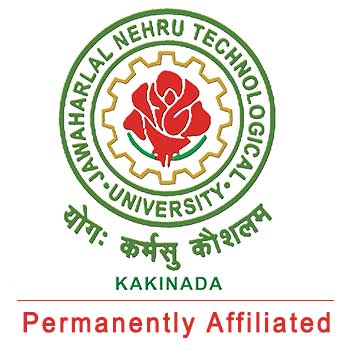Cloud - A path to Improve Customer Experience
The value proposition of Cloud computing — the delivery model for digitalization and innovation has evolved from cost reduction and scalability to mobility and cognitive computing. However, the other benefit is a path to improve customer loyalty using cognitive services through a cloud to create personalized promotions and interactive customer support.
This thinking has extended the idea of a cloud assessment beyond traditional and advanced IT analytics that aimed to improve the customer experience and expectations. The purpose of this customer-centric approach is not which cloud is the best fit for any application; instead, it should, which cloud is the most innovative in adding to hosting services.
The cloud suitability assessment in traditional approach is to evaluate the IT systems using prearranged criteria and to identify the best suitable cloud hosting environment. By implementing such environment you can evaluate cost reduction, agility, scalability, and flexibility. However, such assessments often result in creating a hybrid cloud (private and public) for enterprise-level customers.

While based on every organization’s IT need and policies, it is crucial to tailor assessment criteria which are typically included on latency (performance), accessibility, hardware dependency, data security/privacy and demand certainty. Thus, the end result is to migrate your application to the cloud, but that is not enough to be competitive in many markets today.
However, these assessments are like foundations to new analysis which aims to transform traditional IT systems into cloud-based systems to enhance the customer based services.
This new cloud assessment requires added evaluation criteria’s, such as cross-platform compatibility, integration involvedness, open technologies, and cognitive computing applicabilitys. These criteria’s can overlap with architectural design principles, and enable innovative services through IT systems running in the cloud.
Here are some questions that may help you to make out any gaps and achieve your innovative goals that go beyond legacy cloud migration.
- Is the cloud environment hypervisor sceptic to application portability?
- Is the cloud environment able to exchange in that it uses open technologies as OpenStack, Cloud Foundry or Spark?
- Will cognitive computing help you learn imperceptible patterns and enhance your services?
- Can the application architecture be converted into microservices with REST APIs; so each service can be separately updated as well as scale out on demand?
- Can APIs for multiple applications and services be centrally managed in the cloud?
This comprehensive assessment will make your systems or applications land in a cognitive ready cloud environment so you can speed up the design and implementation phase to innovative services.
The potential for these services is every time unlimited, so you need to consider the new insights made possible by cognitive computing. With the help of cognitive services process, you can see the tremendous amount of structured and unstructured data generated by billions of mobile devices every day.
It’s time to go beyond migrating your applications and systems into the cloud, and also look into its readiness for innovations how cloud and cognitive services could revolutionize your customer experiences. By doing so you could drive your digital transformation.






